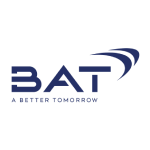Financial Crime Compliance & Risk Management – Guide to countering financial crime risks
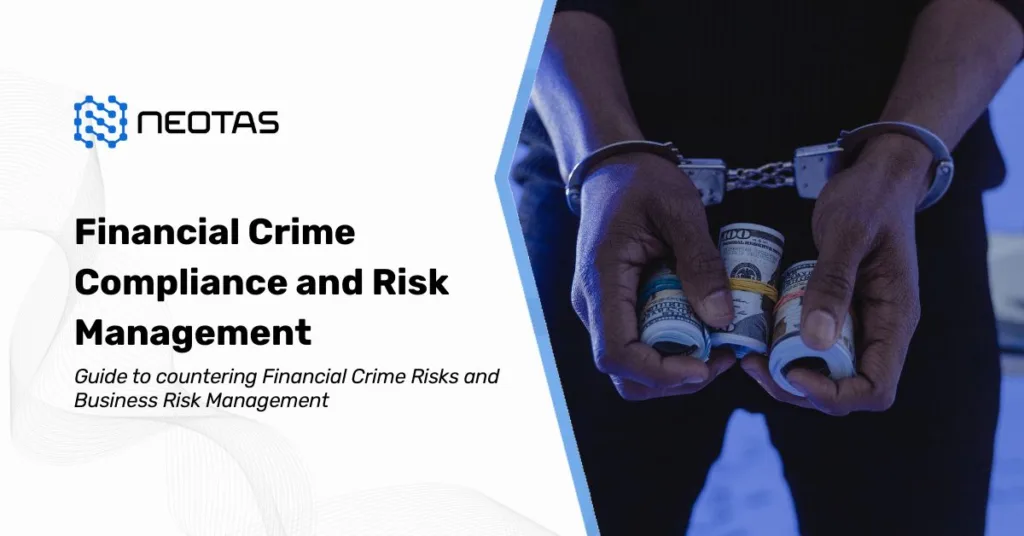
Financial Crime Compliance & Risk Management – Guide to countering financial crime risks. AML Strategies and FCC Framework to Counter financial crime risks.
Anti-Money Laundering Regulations, AML Checks and Compliance

Anti-Money Laundering Regulations – AML Law, AML Checks, and AML Compliance in 2024
AML transaction monitoring – Regulatory Requirements and Best Practices
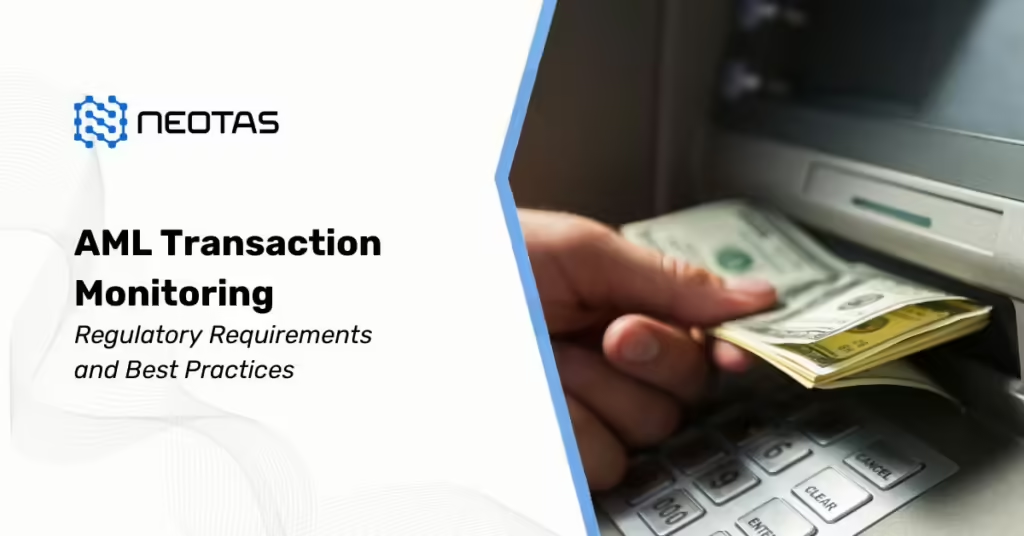
Anti-Money Laundering (AML) transaction monitoring involves continuous review of financial transactions conducted by customers to identify suspicious activities
AML Compliance Checklist for Banks: Best Practices for Anti-Money Laundering
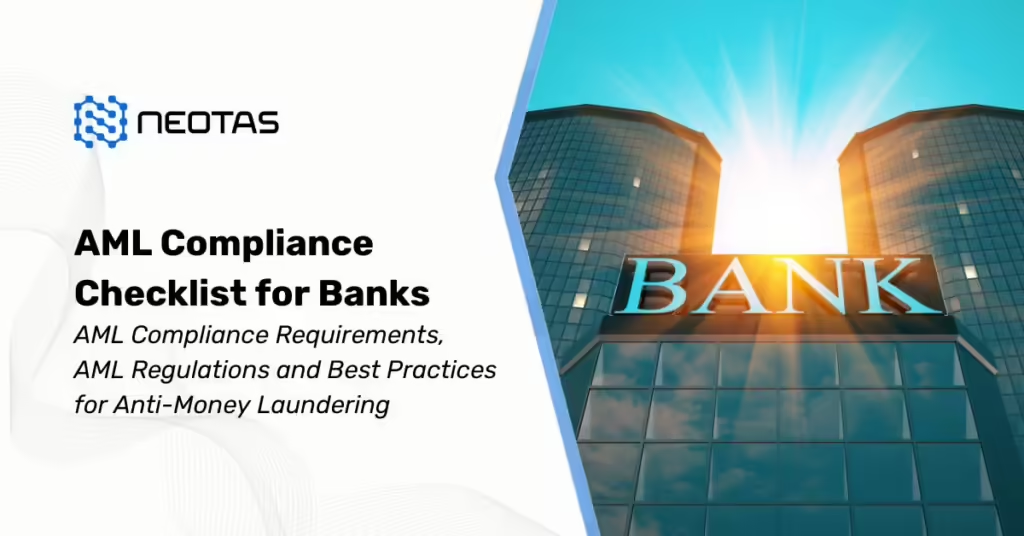
AML Compliance Checklist for Banks
AML Compliance Requirements, AML Regulations and Best Practices for Anti-Money Laundering
AML Checks – Anti-Money Laundering regulations for identity assessment and verification process
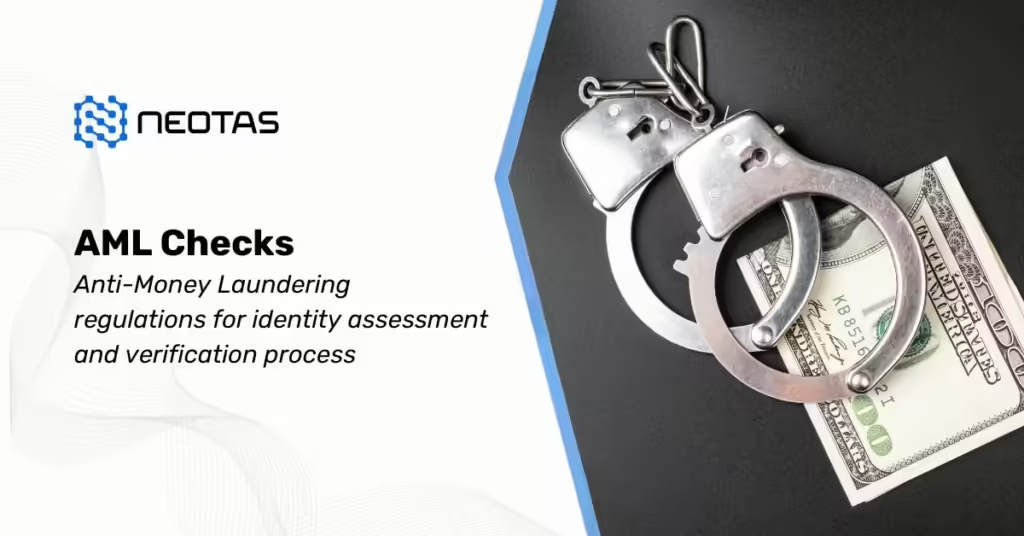
AML Checks – Anti-Money Laundering regulations for identity assessment and verification process. AML and KYC Checks, Anti Money Laundering Compliance Solutions
Money Laundering Reporting Officer (MLRO) – Meaning, Roles, Responsibilities, and Expert Insights

MLRO Meaning: Who is a Money Laundering Reporting Officer? Roles and Responsibilities of an MLRO in Combating Financial Crime, compliance, & AML regulations.
Vendor Due Diligence Checklist – Identify Third Party Risks and Secure Vendor Relationships
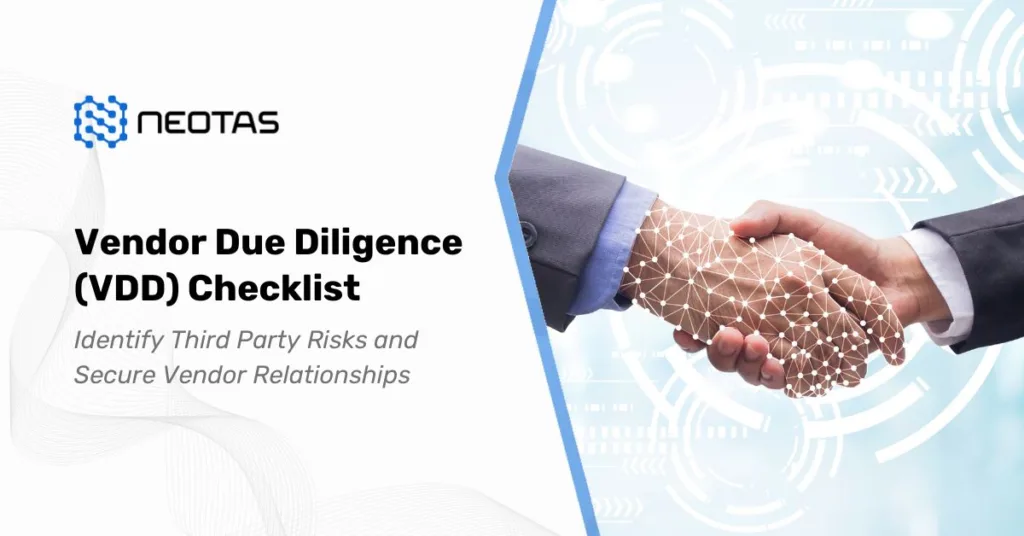
Vendor Due Diligence Checklist – Identify Third Party Risks and Secure Supplier Relationships with Vendor Due Diligence (VDD) checklist template.
Risk-based approach (RBA) – effective procedures to determine and manage AML & KYC risk in 2024
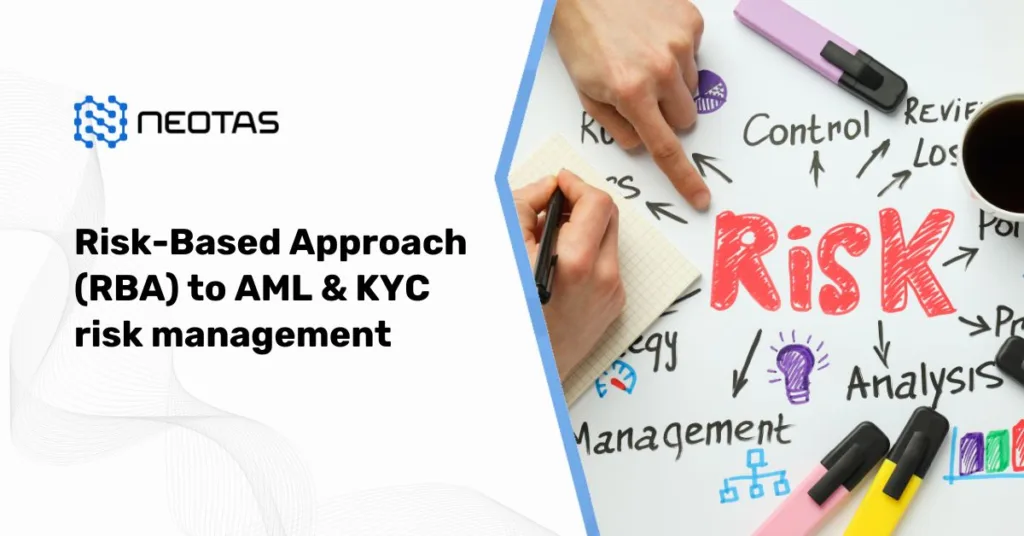
A risk-based approach to AML ensures effective procedures to mitigate and reduce AML & KYC risks. Managing AML and KYC risk in 2025
Anti-Money Laundering (AML) – The 5 pillars of AML Compliance
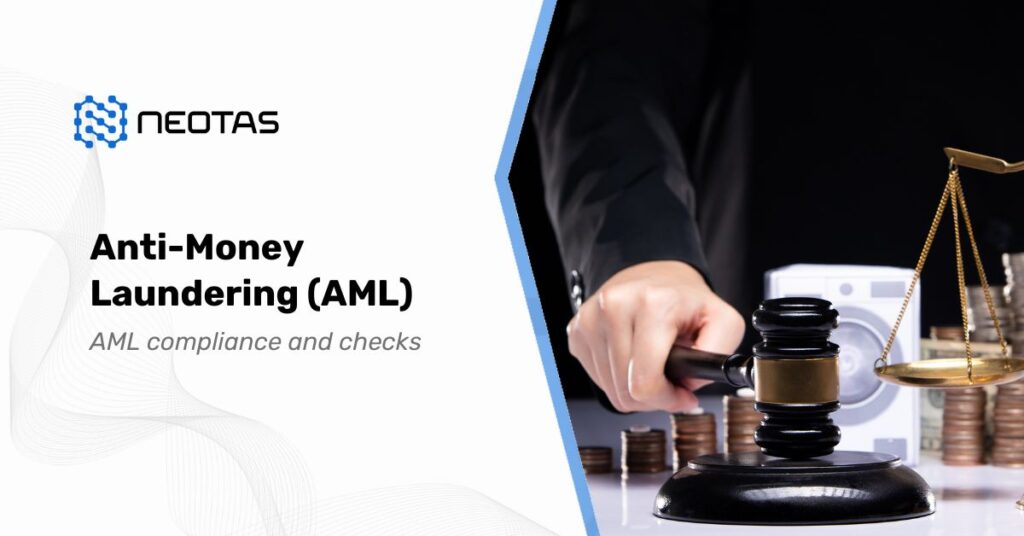
Anti-Money Laundering (AML) Anti-Money Laundering (AML) is a comprehensive framework of policies, regulations, and procedures established to prevent individuals and entities from disguising illegally obtained funds as legitimate income within the financial system. Its primary purpose is to detect and deter financial crimes by tracing and halting the flow of funds originating from illicit activities. […]
AML Compliance – Anti-Money Laundering Compliance Program, AML Compliance Checklist, AML Best Practices and AML Regulations

AML Compliance All You Need To Know About Anti-Money Laundering Compliance Program, AML Compliance Checklist, AML Best Practices and AML Regulations Anti-Money Laundering (AML) refers to a set of regulations, laws, and procedures implemented to prevent criminals from disguising illegally obtained funds as legitimate income. AML encompasses all activities aimed at making it more difficult […]
How OSINT Can Help Challenger Banks Create More Robust AML Controls
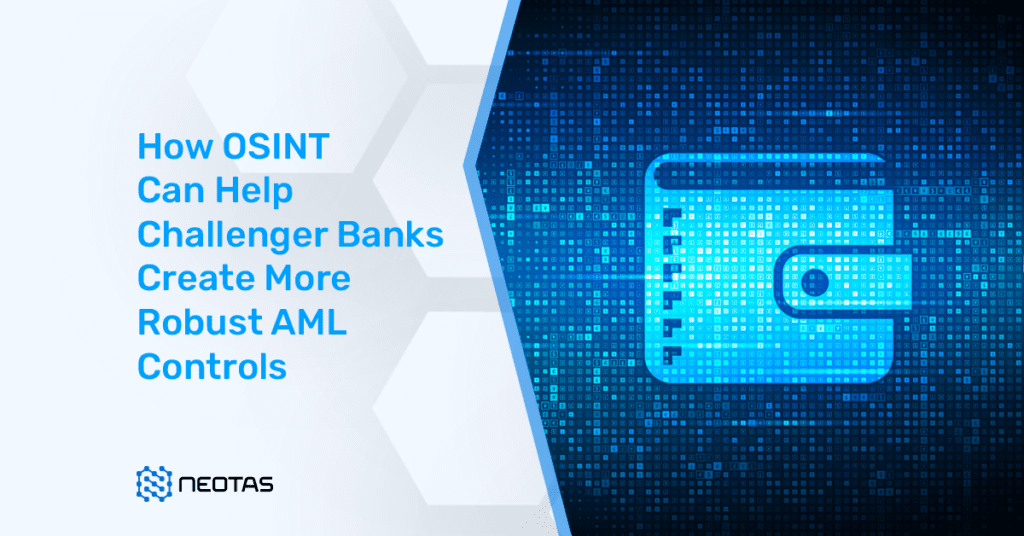
OSINT for AML Compliance FCA Warns Challenger Banks Over AML Compliance Shortcomings In the latest reproach from the FCA to anti-money-laundering regulated firms across the financial services industry, Challenger Banks were criticised for failing to implement robust AML controls in line with money-laundering regulations. This is hot on the heels of a similar reprimand in […]









